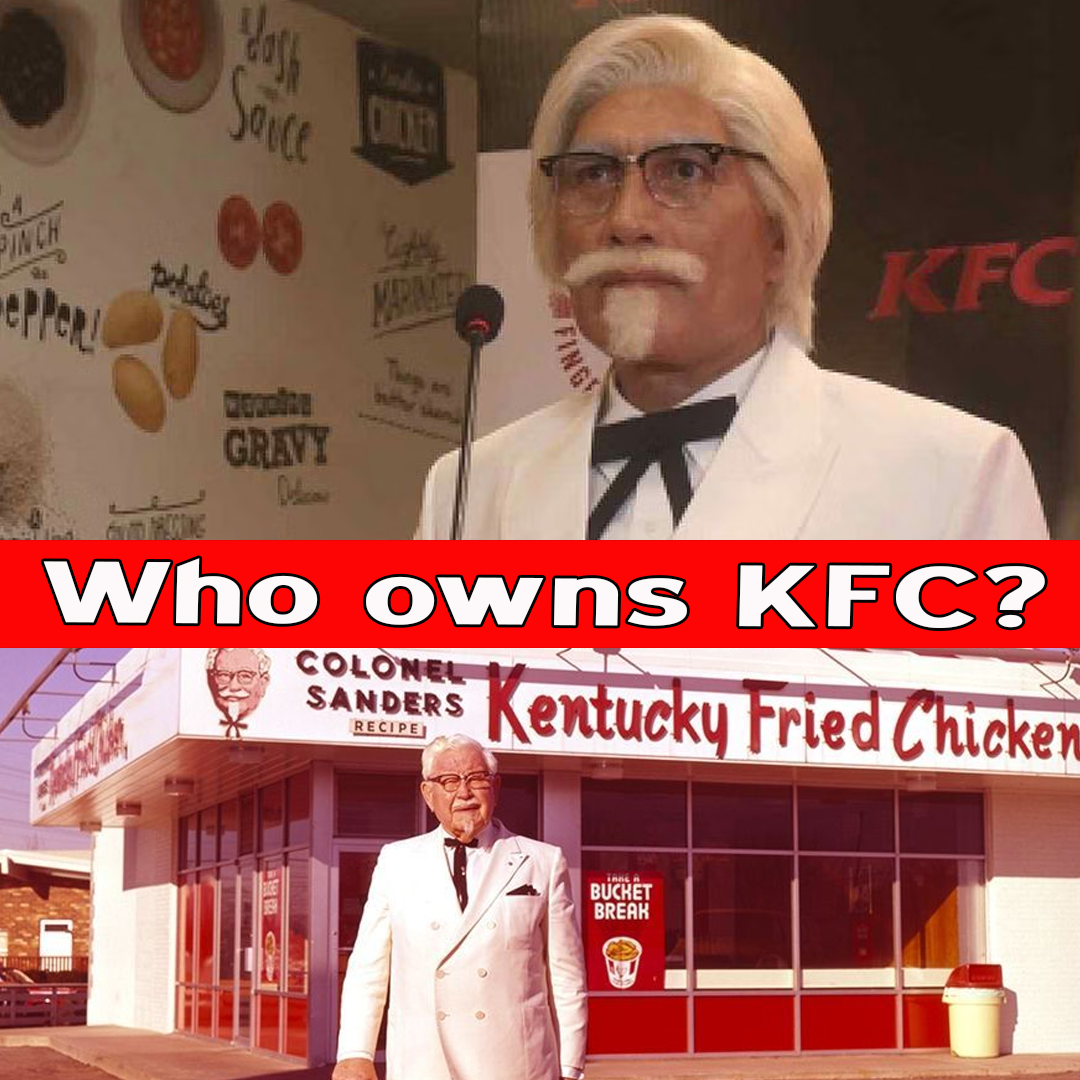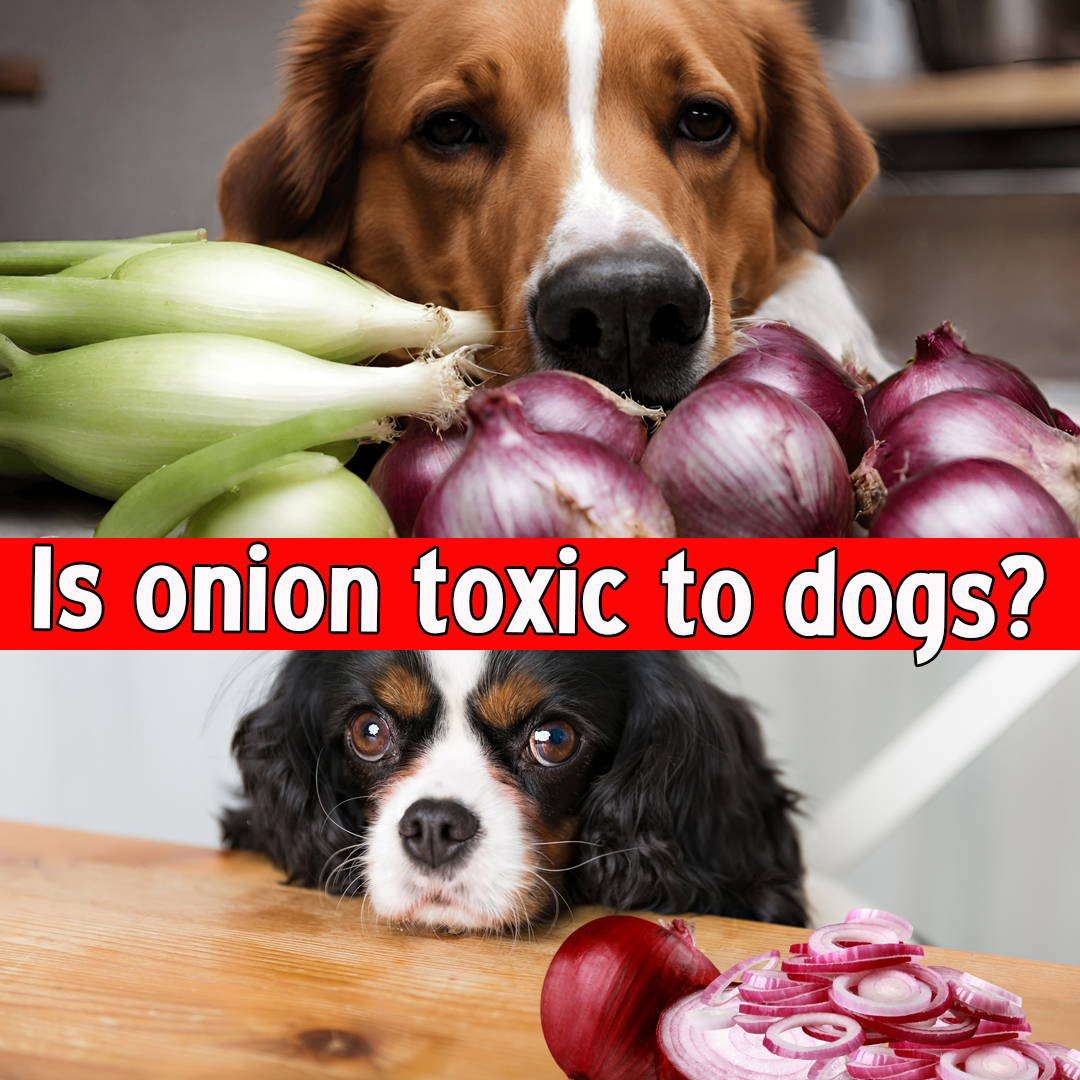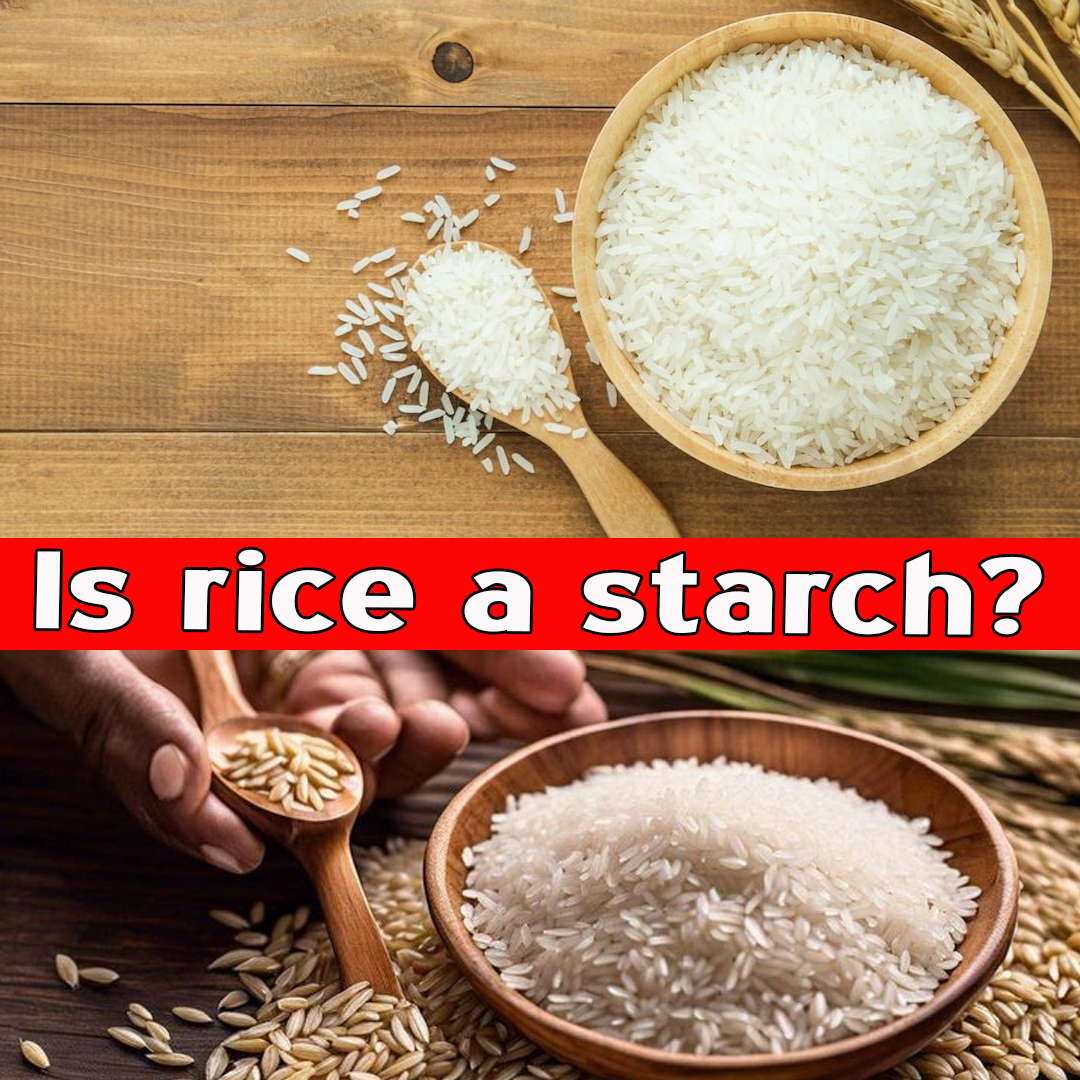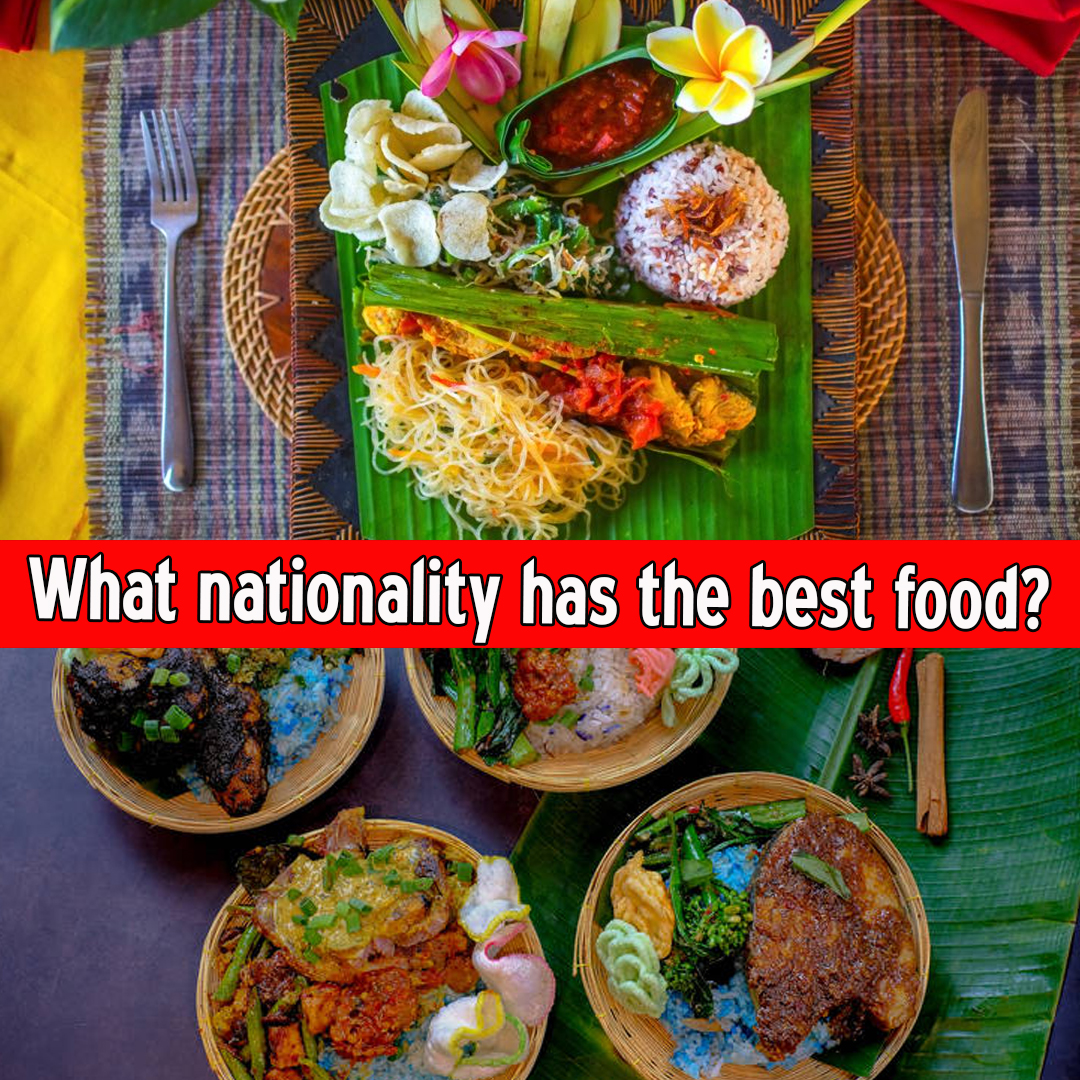Who Owns KFC?

Who owns KFC?
Introduction: The Global Phenomenon of KFC
Kentucky Fried Chicken, better known as KFC, is one of the most iconic fast-food brands in the world. Famous for its “finger-lickin’ good” fried chicken, secret blend of 11 herbs and spices, and founder Colonel Harland Sanders, KFC has grown from a small roadside restaurant into a multi-billion-dollar global empire. But many people wonder: Who actually owns KFC?
This detailed article explores who owns KFC, how its ownership has changed over time, and how it fits into the broader business ecosystem. We’ll also examine the company’s history, growth, corporate structure, franchise model, and what the future holds for KFC.
1. The Simple Answer: Yum! Brands Owns KFC
As of 2025, KFC is owned by Yum! Brands, Inc., an American fast-food corporation headquartered in Louisville, Kentucky. Yum! Brands also owns other major food chains including Pizza Hut, Taco Bell, and The Habit Burger Grill.
Yum! Brands is a publicly traded company listed on the New York Stock Exchange (NYSE) under the ticker symbol YUM. This means it is owned by shareholders, which include individual investors, mutual funds, pension funds, and institutional investors.
2. The Origins of KFC and Colonel Sanders
To understand who owns KFC today, we must look at how it all began.
- Founded: 1930s, by Colonel Harland Sanders
- Location: Corbin, Kentucky, USA
- Initial Name: Sanders Court & Café
Colonel Sanders developed a special recipe using pressure cooking and his unique mix of 11 herbs and spices, which remains a secret to this day. His chicken became wildly popular, and by 1952, Sanders began franchising the concept.
By 1964, there were over 600 KFC franchises in the U.S. and Canada.
3. The First Ownership Transfer: Sale to Investors
In 1964, Colonel Sanders sold the Kentucky Fried Chicken company for $2 million (equivalent to over $20 million today) to a group of investors led by John Y. Brown Jr., a young lawyer who would later become the Governor of Kentucky, and Jack Massey, a successful entrepreneur.
Even after the sale, Colonel Sanders remained the brand ambassador and spokesperson for KFC until the 1970s. However, he had no ownership stake after 1964.
4. KFC Under Heublein Inc. and R.J. Reynolds
In 1971, the investors sold KFC to Heublein Inc., a food and beverage company. Then in 1982, Heublein was acquired by R.J. Reynolds, a major tobacco company, creating RJR Nabisco. Under RJR Nabisco, KFC became part of a larger portfolio of businesses.
However, KFC was not a core focus for RJR Nabisco, and the brand started losing ground in the fast-food market due to mismanagement and growing competition.
5. PepsiCo Acquires KFC (1986)
In 1986, PepsiCo (yes, the soft drink giant) acquired KFC for approximately $850 million. This move was part of PepsiCo’s strategy to expand into the fast-food sector. They already owned Pizza Hut and Taco Bell, creating a strong “restaurant division.”
Under PepsiCo, KFC experienced strong global expansion, particularly in Asia and Latin America. However, managing a beverage and snack empire along with fast-food chains became complicated and distracting for PepsiCo.
6. Birth of Yum! Brands (1997)
In 1997, PepsiCo decided to spin off its restaurant division into a separate company. Thus, Tricon Global Restaurants Inc. was born, and it became the parent company of KFC, Pizza Hut, and Taco Bell.
In 2002, Tricon rebranded itself as Yum! Brands, Inc., a name chosen to reflect a more appealing, consumer-friendly image.
7. Yum! Brands: The Current Owner
Today, Yum! Brands owns and operates KFC through a mix of franchise and company-owned restaurants. Yum! Brands is headquartered in Louisville, Kentucky – the same state where KFC was founded.
Yum! Brands is one of the largest fast-food companies in the world with more than 55,000 restaurants in over 155 countries. As of 2025:
- KFC has over 27,000 locations globally.
- About 98% of KFC stores are franchised.
- Yum! Brands earned over $7 billion in revenue in 2024, with KFC contributing a significant share.
8. Franchise Model: Who Actually Runs the Stores?
While Yum! Brands owns the KFC brand, most of its restaurants are run by independent franchisees.
- Franchisees pay royalties and fees to Yum! Brands for using the KFC brand and operating model.
- They are responsible for hiring staff, managing operations, and maintaining quality.
- KFC provides training, supply chain support, and marketing.
Some of the largest KFC franchisees include:
- Yum China: Manages all KFC outlets in mainland China (though it’s a separate public company now).
- Devyani International and Sapphire Foods: Major franchisees in India and South Asia.
9. KFC in China: A Special Case
KFC is massively popular in China, with more than 8,000 outlets, making it the brand’s largest market. Initially operated by Yum! Brands, KFC’s China division was spun off in 2016 into a separate public company called Yum China Holdings, Inc..
Yum China is now an independent company, listed on the NYSE (YUMC) and Hong Kong Stock Exchange. However, it still pays licensing and royalty fees to Yum! Brands for operating KFC, Pizza Hut, and Taco Bell in China.
| Read more – Does Bill Gates eat fast food? |
10. International Expansion and Brand Power
KFC’s ownership under Yum! Brands has led to aggressive expansion. The brand has been adapted to local tastes:
- India: Offers vegetarian menus and spicy chicken options.
- Japan: Known for Christmas fried chicken traditions.
- Africa: KFC is among the most widespread fast-food brands.
The global reach is driven by Yum! Brands’ strategy of franchising, local partnerships, and marketing customization.
11. Yum! Brands: Ownership and Structure
Yum! Brands is publicly owned, meaning millions of people can hold shares in the company. Its largest shareholders include:
- Institutional investors like Vanguard, BlackRock, and State Street.
- Hedge funds and retirement funds.
- Individual investors.
Yum! Brands is governed by a Board of Directors and led by a Chief Executive Officer (CEO). As of 2025, the current CEO is David Gibbs, who has been with the company for decades.
12. KFC’s Place in Yum! Brands’ Portfolio
KFC is considered the crown jewel of Yum! Brands:
- Contributes the largest share of international revenue.
- Has strong brand loyalty across Asia, Africa, and Latin America.
- Focus of innovations like plant-based chicken and digital ordering platforms.
Alongside Pizza Hut and Taco Bell, KFC allows Yum! to compete globally across multiple food categories: fried chicken, pizza, and Mexican-style food.
13. Key Business Innovations by Yum! and KFC
Yum! Brands has made several strategic moves that benefit KFC:
- Digital Transformation: Investing in mobile apps, online ordering, and delivery.
- KFC Next Gen Stores: Sleek, tech-driven restaurant formats.
- Menu Localization: Custom menus tailored to cultural preferences.
This modern approach ensures that KFC continues to thrive despite increasing competition from brands like Popeyes, Chick-fil-A, and local chains.
14. Social Responsibility and Sustainability
KFC under Yum! Brands has embraced corporate responsibility:
- Sourcing 100% cage-free eggs in most countries.
- Commitment to recyclable and sustainable packaging.
- Reduction of carbon emissions and investment in green buildings.
KFC has also pledged to reduce antibiotic use in poultry and improve animal welfare standards across its supply chains.
15. The Financial Side: Revenue, Growth, and Global Impact
As of 2024:
- Yum! Brands made over $7 billion in revenue.
- KFC contributed more than 50% of the company’s global operating profit.
- KFC’s strongest growth is seen in emerging markets like Africa, Southeast Asia, and Latin America.
With more than 800,000 employees across all franchisees and company-owned outlets, KFC’s business creates significant global employment and economic impact.
16. What’s Next for KFC?
The future of KFC lies in:
- Healthier menu options (grilled chicken, plant-based items)
- Tech-driven dining (AI kiosks, robotics, delivery drones)
- Sustainable sourcing and green operations
- Continued global expansion, especially in Africa and South America
Under Yum! Brands, KFC continues to evolve while staying true to its roots – delicious, crispy chicken with a secret recipe.
Conclusion: Who Truly Owns KFC?
In summary:
- KFC is owned by Yum! Brands, Inc., a global fast-food giant headquartered in the U.S.
- Yum! Brands is a public company, meaning shareholders collectively own it.
- KFC operates primarily through franchise partnerships, with local operators running most restaurants.
- The brand has gone through multiple ownership changes – from Colonel Sanders to PepsiCo, and now Yum! Brands.
- KFC’s growth and global popularity are driven by its iconic branding, adaptable menu, and Yum! Brands’ strategic leadership.
Today, KFC is more than just a fast-food chain – it’s a symbol of global business success, and its ownership by Yum! Brands ensures it continues to lead the fried chicken market worldwide.















Leave a Reply